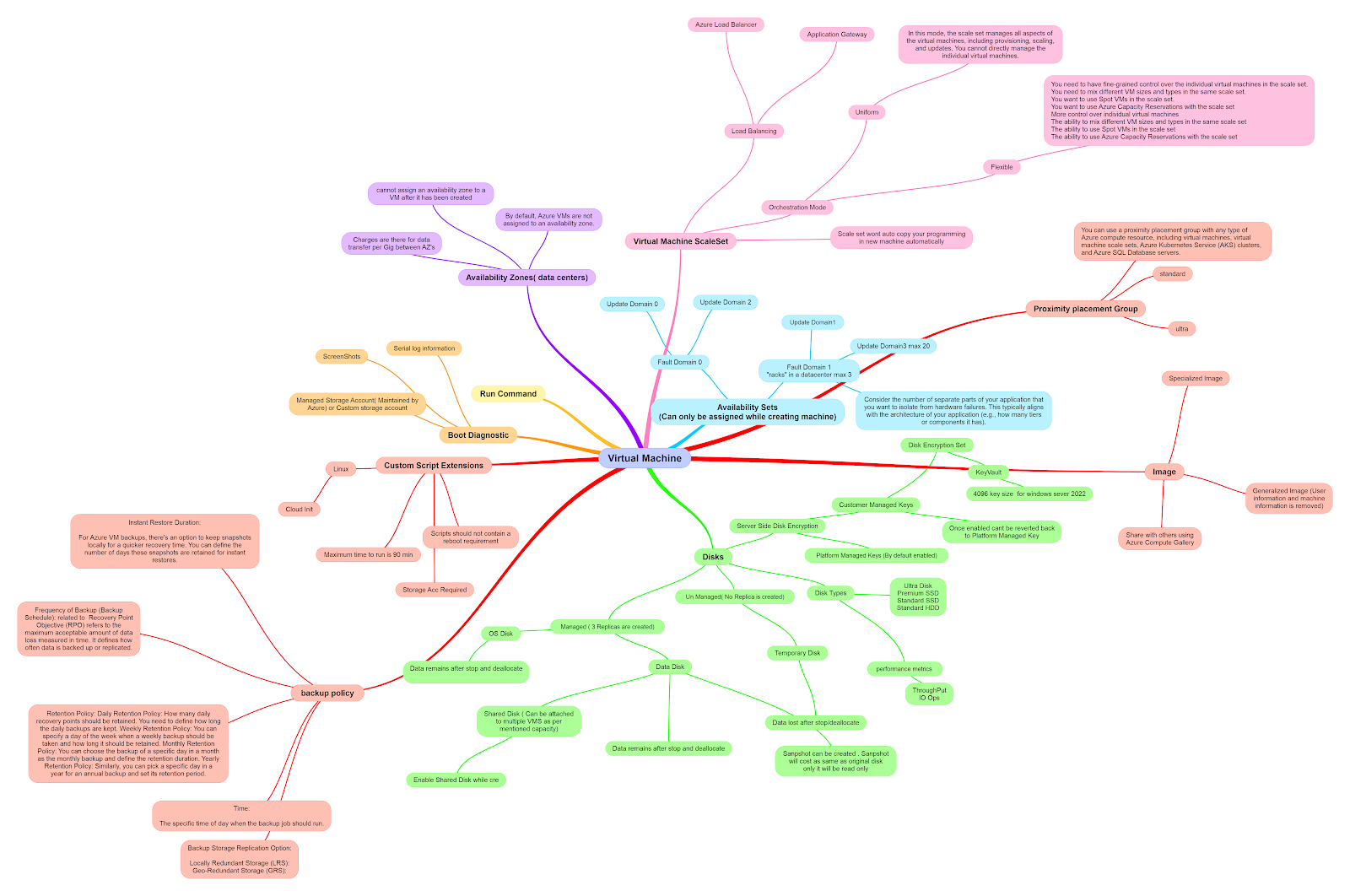OAuth 2.0 Explained (Useful for SC-300, AZ-400 ,AZ-500)

(Open image in a new tab for clarity) Welcome to our deep dive into the world of OAuth and secure user authentication! Today, we're unpacking the process step-by-step, using the popular travel planning platform TravelBuddy and its integration with Google's authentication services as our example. What is OAuth? OAuth is an open-standard authorization protocol or framework that describes how unrelated servers and services can safely allow authenticated access to their assets without actually sharing the initial, related, single logon credential. In simpler terms, it lets you use one service's login for other services without handing out your password. The TravelBuddy-Google OAuth Flow Our journey begins when you decide to use your Google credentials to log into TravelBuddy. But what does that process actually look like? Here’s a visual guide. One-Time Setup Process Before anything else, TravelBuddy needs to set up a one-time communication channel ...

